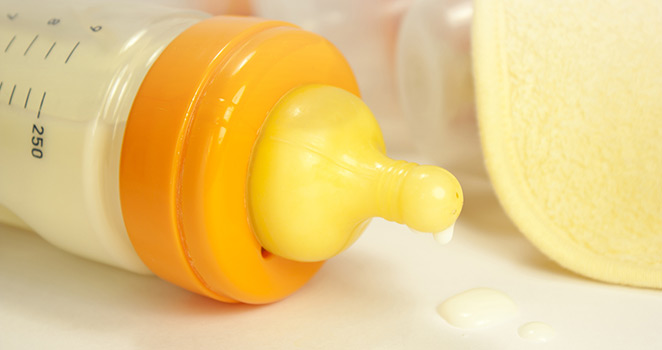Pediatric Gastroenterology
Feeding Intolerance Requiring Feeding Tube Placement

The initial reaction of being informed you or a loved one is in need a feeding tube can be complex and confusing. Unless you have experienced first-hand someone requiring a feeding tube, it may seem unnatural. After all, one of the great things about being human is the ability to eat and enjoy different foods. However, there are instances when eating is just not enough, and in some cases, not feasible at all.
Someone may require a feeding tube due to feeding intolerance in many situations. Aspirations, the inability to gain weight, or the inability to eat at all are a few of the main reasons a feeding tube may need to be considered.
In adults, an accident or illness can lead to the need for enteral feeding protocol. Regardless of the reason, we are very fortunate to live in an era in which alternatives are available and safe.
Initially, it may seem like defeat. However, the more you understand, and as more time goes by, you will come to see the benefits and just how needed it was.
Feeding Intolerance
So, just what is feeding intolerance requiring a feeding tube placement? Feeding intolerance can occur in many different situations. Newborns with congenital defects affecting the brain, heart, or lungs; children born with cleft palate; or babies born prematurely can benefit from a feeding tube. These babies may not have the strength or ability to eat. Alternatively, they may have a high risk of aspirating the milk into their lungs, which would cause another host of problems.
In adults, accidents can lead to the need for a feeding tube. Degenerative illnesses such as dementia and cancer can affect their ability to eat.
Benefits of a Feeding Tube
The benefits far outweigh the risks. Placing a feeding tube ensures proper nutrition will be received, and it reduces the risk of aspiration. It also makes it so much easier to give younger children and babies their medication.
There is always a risk with any type of surgical procedure. With feeding tube placement, the risks are minimal. Site infection is a risk, but with active care, it can be easily taken care of.
How Long Does Someone Need a Feeding Tube?
For short periods of time, a nasogastric tube (NG) tube can be used. A nasogastric tube is a narrow tube passed into the stomach through the nose. An NG tube is not a long-term fix, and in some cases cannot be used at all. One instance would be if the patient were in danger of aspirating; the NG tube would not stop that from happening. So, in times where nutrition support is needed for long periods, a feeding tube is used.
The length of time a feeding tube is needed depends on the reason it was placed. Often, babies grow out of the need for a feeding tube. As a defect is corrected or their strength increases, oral feeding is slowly introduced with the help of occupational therapy. After approximately ten weeks of not using the feeding tube, it can be removed. This usually takes place in the doctor's office. In children with lifelong difficulties, they may always need a feeding tube.
Adults who overcome the illness or accident that caused the need for a feeding tube can eventually have it removed. In situations where the damage cannot be reversed, a feeding tube may need to be used indefinitely.
What is Involved in Feeding Tube Placement
The most common type is the gastrostomy tube or a g-tube. They are surgically placed into the stomach through the abdominal wall. Most often, a surgeon will decide, to begin with, a PEG or long tube. This is the tube outside of the abdomen that the syringe is connected to for feeding. Later, the surgeon may replace the long tube with a low profile tube or button. These types do not have the long tube outside of the abdomen, and instead, fit flush with the abdomen. An attachment tube is connected to the button to be used with feeding.
The button is very unobtrusive and usually preferred by both the surgeon and the patient. Switching a long tube for a button is a very simple office procedure. The tube is simply taken out and replaced with a button. In time, the patient or caregiver becomes comfortable enough to change the button without the assistance of their doctor.
How Feeding Tubes Work
For bolus feeds, which are feeds given 3-5 times throughout the day; gravity takes care of the feeding. A large syringe is connected to the tube or button and held above the tube site. The higher its held, the faster gravity works. It is normally best to hold it just a little above the site. If the flow is too fast, the patient could react the same way they would if they had just eaten a meal very quickly, and they may not be able to tolerate it as well.
For continuous feeds, a feeding pump is used. You connect the tube or button to the tube on the machine the same way it is attached to a syringe. The machine controls the amount and speed of the nutrition.
Just like with anything new and unknown, discussing the need for feeding tube placement can seem overwhelming. We are here to discuss all of your concerns and will answer any questions you may have. We will continue to be available for as long as needed.